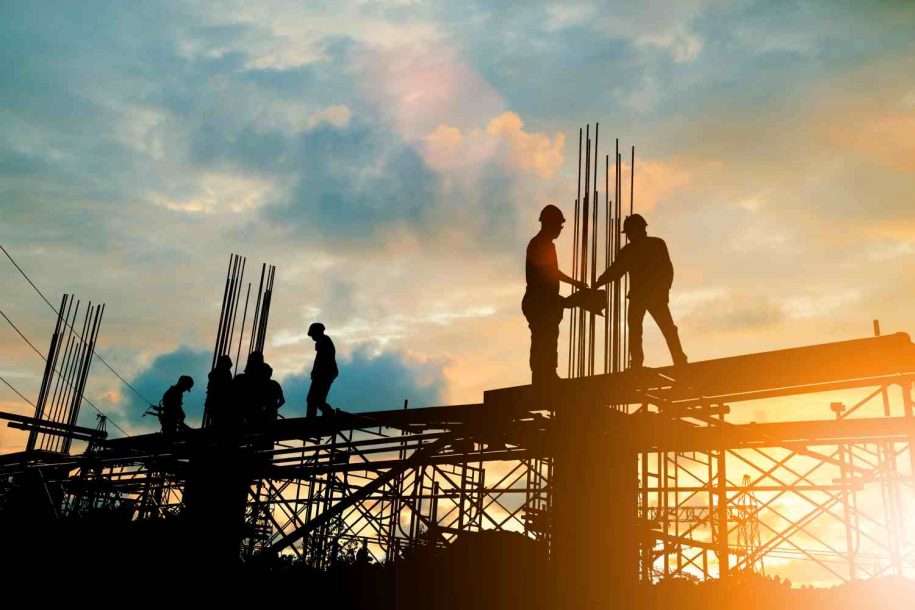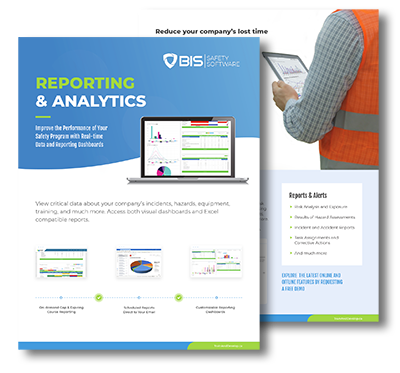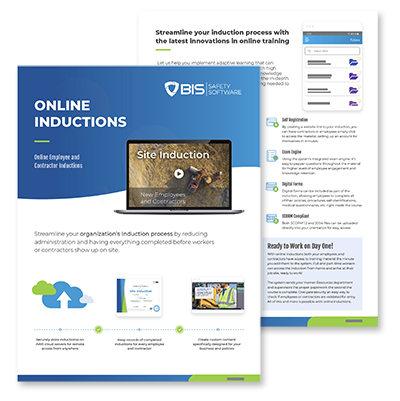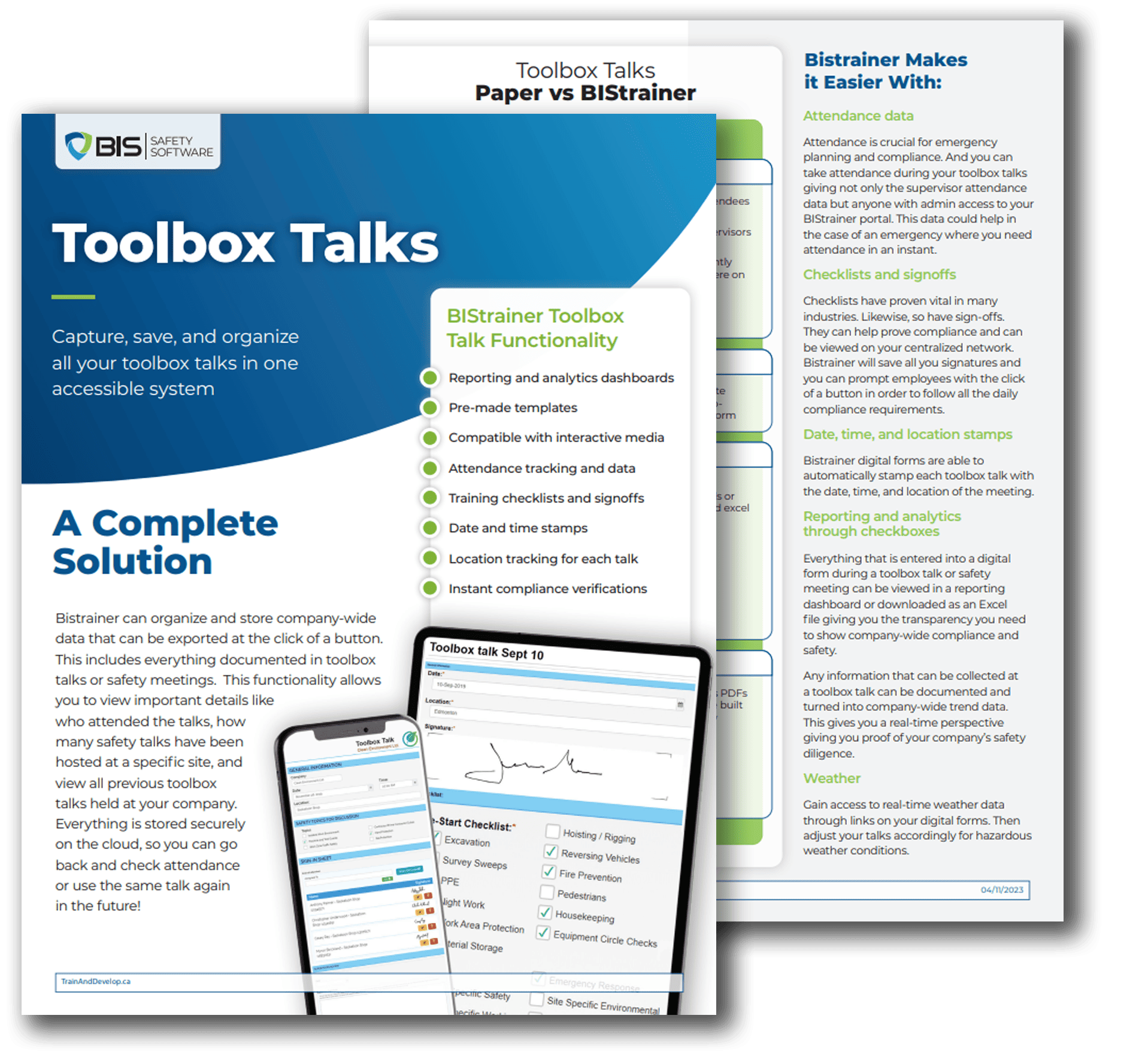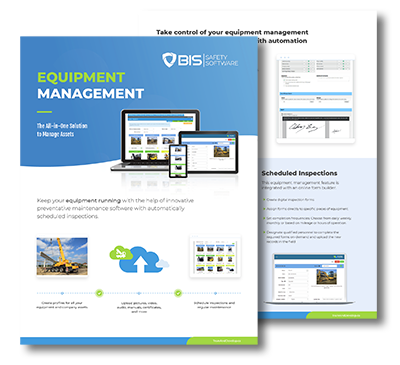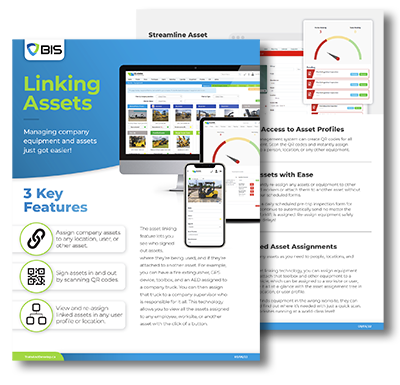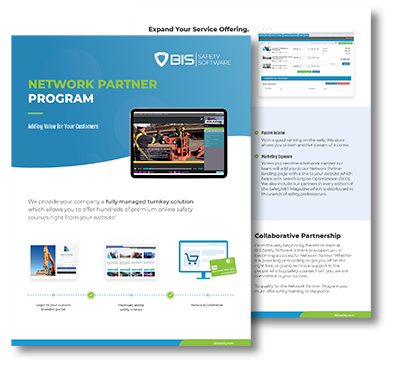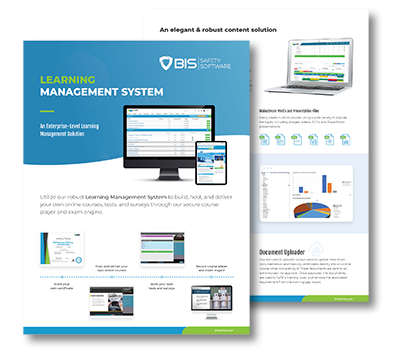Field Level Hazard Assessments are a standard way of identifying risks in the workplace before they lead to accidents or injuries. They are a dynamic process that should be carried out routinely or when any significant changes occur in the working environment or processes.
Step-by-Step Checklist for Conducting a Field-Level Hazard Assessment in the UK
When it comes to ensuring workplace safety, a Field Level Hazard Assessment (FLHA) is a critical tool. Below is a step-by-step checklist designed to guide you through the process of conducting an effective FLHA in the UK. This checklist aims to simplify the process, ensuring that all potential hazards are identified and controlled effectively.
Preparation
Gather Necessary Documents and Tools
- Collect any existing safety manuals, previous FLHA reports, and operation procedures.
- Ensure access to a digital or paper based FLHA checklist.
Review Previous Assessments
- Look at past assessments if there are any for the same or similar tasks to identify recurring issues or overlooked hazards.
Assemble the Assessment Team
- Include a mix of personnel involved in the task, including operational staff, safety officers, and supervisors.
Conducting the Assessment
Task Breakdown
- Break down the task into individual steps to identify hazards associated with each part of the process.
Identify Potential Hazards
- For each step, identify potential hazards. Consider equipment, environment, material, and human factors that could pose risks.
Determine Risk Levels
- Assess the likelihood and potential severity of each identified hazard to determine its risk level.
Develop Control Measures
- Propose practical measures to eliminate or reduce the risks associated with each identified hazard.
Document Findings
- Use the FLHA checklist to record identified hazards, their risk levels, and proposed control measures.
Review and Finalize
Review the Assessment
- Conduct a thorough review of the findings with the assessment team to ensure nothing has been overlooked.
Implement Control Measures
- Prioritize the implementation of control measures based on the risk level and start the process to integrate these controls into the workplace.
Communicate Findings
- Share the results of the FLHA with all relevant parties, including staff who will be performing the task. Ensure they understand the hazards and the controls in place.
Schedule Follow-Up
- Plan and schedule a follow-up assessment to ensure that the control measures are effective and to identify any new hazards.
Continuous Improvement
Feedback and Updates
- Encourage ongoing feedback from employees about the assessment process and the effectiveness of control measures.
- Update the FLHA process and checklist as necessary based on feedback and new information.
Example of an FLHA
We can speak about FLHAs all day but it’s probably easier to just show you an example of what a basic Field Level Hazard Assessment looks like today in 2023.
For a more comprehensive example please review the PDF below.
Understanding Field Level Hazard Assessments
Before diving into the tips, it’s essential to grasp what a Field Level Hazard Assessment involves. Simply put, an FLHA is a short, focused inspection that identifies and controls hazards for a specific task or area at the time of work. It is not just a formality but a vital part of maintaining safety standards.
Here are three key elements of Field Level Hazard Assessments:
- Identification of Hazards: This is the process of recognizing potential hazards that could harm someone.
- Risk Assessment: Once hazards are identified, the risk associated with them is evaluated to determine how severe the impact could be.
- Control Measures: This involves deciding and implementing measures to minimize or eliminate the risks associated with identified hazards.
Tips for Conducting Effective Field Level Hazard Assessments
Now, let’s look at some practical tips to help you carry out these assessments efficiently and effectively:
- Preparation is Key: Before conducting an FLHA, gather all necessary information about the tasks, environment, and any previous assessments. This preparation will provide a solid foundation for a thorough evaluation.
- Engage Your Team: Involve employees in the hazard assessment process. Since they are the ones performing the tasks daily, their insights are invaluable. Encourage open communication where workers feel comfortable discussing potential hazards without fear of repercussions.
- Use a Checklist: Develop a comprehensive checklist tailored to your specific workplace needs. This tool will guide the assessment process and ensure consistency and completeness in identifying potential hazards.
Enhancing Field Level Hazard Assessments with Detailed Strategies
Building on our introduction and initial tips, let’s delve deeper into specific strategies that can enhance the effectiveness of your Field Level Hazard Assessments. By refining your approach, you can further minimize risks and ensure a safer workplace for everyone involved.
- Regular Training and Updates
One of the most effective ways to improve FLHA is through continuous learning:
- Conduct Regular Training Sessions: Organize workshops and training sessions to keep safety skills sharp and up-to-date. Ensure that both new and experienced staff are trained on the latest safety protocols and hazard identification techniques.
- Update Safety Protocols Regularly: Workplace environments and the nature of hazards can evolve, so it’s crucial to update your safety protocols accordingly. This ensures that the FLHA process remains relevant and effective.
- Implement Technology Solutions
Technology can play a significant role in streamlining FLHA:
- Use Mobile Apps: There are various mobile apps designed to assist in conducting hazard assessments. These apps can guide users through the process, ensure that no steps are missed, and even allow for immediate reporting of findings.
- Adopt Digital Checklists: Replace paper checklists with digital ones that can be updated in real-time. Digital checklists are easier to distribute among team members and can be quickly adjusted as tasks or environments change.
- Foster a Culture of Safety
Creating a safety-centric workplace culture is essential for effective hazard assessments:
- Promote Safety as a Core Value: Encourage everyone, from top management to new employees, to treat safety as a priority. This can be achieved by regularly highlighting the importance of safety in team meetings and through visible safety reminders throughout the workplace.
- Reward Safe Behavior: Recognize and reward employees who consistently adhere to safety protocols and actively participate in the FLHA process. This not only boosts morale but also reinforces the importance of everyone’s role in maintaining safety.
Additional Articles

This Isn’t Just Practice — It’s Protection
Daily safety habits aren’t just drills—they’re protection. Real stories show how awareness and routine prevent incidents before they happen. … Read More

Empathy at Work: The Leadership Mindset That’s Driving Real Results
Empathy at work isn’t fluff—it’s a performance driver. From trust and safety to innovation and loyalty, emotionally intelligent leadership is reshaping business success. … Read More

